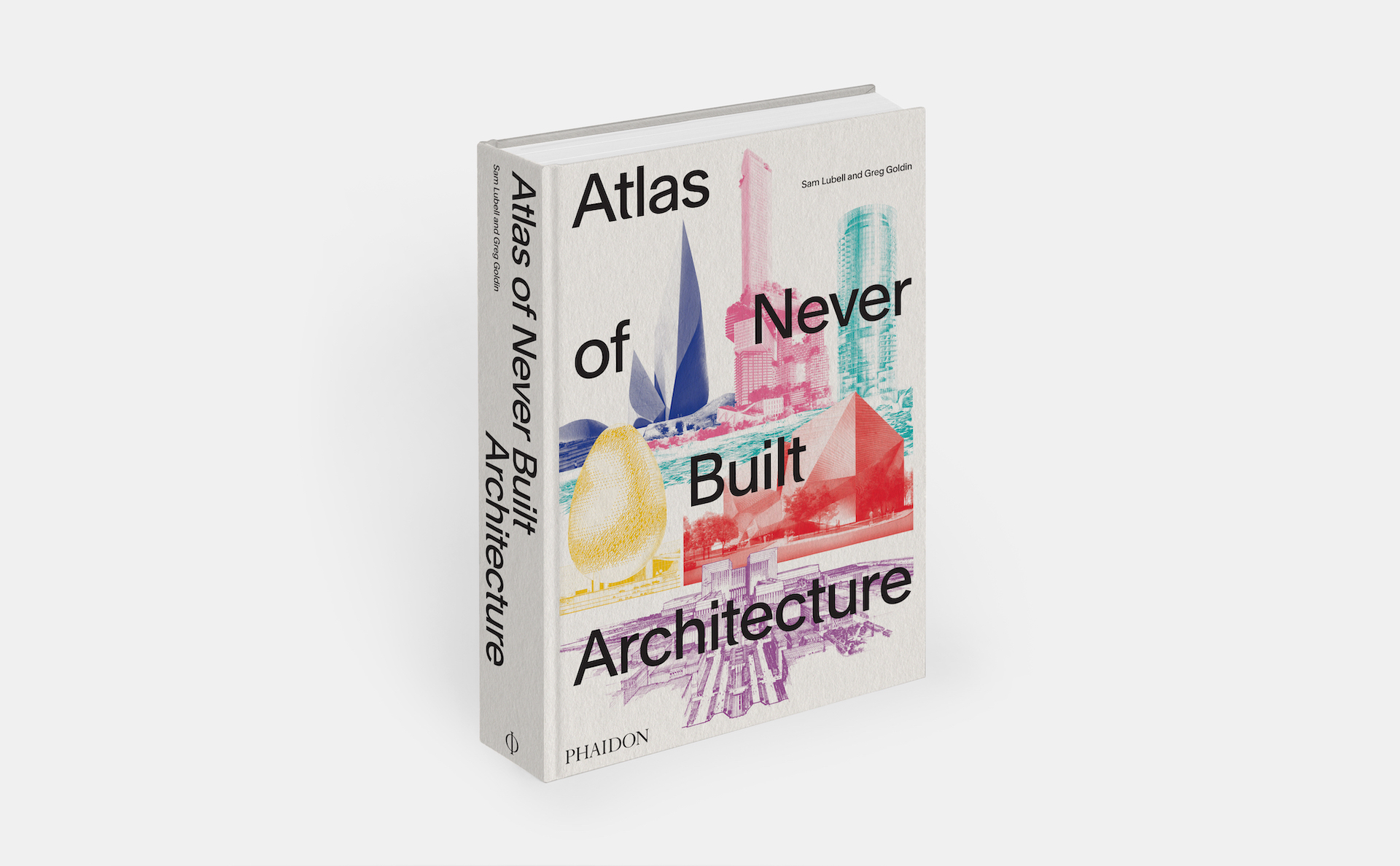Post
BOOK REVIEW | Atlas of Never Built Architecture
18 Jun 2024
By Sam Lubell and Greg Goldin, Phaidon
Review by Rob Fiehn, London Society director
The description of the Atlas of Never Built Architecture, from Sam Lubell and Greg Goldin, promises that this book is a comprehensive survey of unbuilt projects and it certainly does cover every continent, with projects spanning the 20th and 21st centuries. Featuring mile-high towers and floating islands, the proposals of the past seem to eclipse the wildest ideas from today. It might be no bad thing that some of the hubris in global architecture has quelled in recent years, particularly when you start to calculate the carbon cost of gigantic projects and their impact on our fragile environment.
Check out our rundown of upcoming events
Nonetheless, this publication reveals the weird and whacky, the wild and wonderful. It showcases what might have been, such as the giant egg proposed as the Centre Pompidou in 1970s Paris instead of the beloved ‘inside-out’ structure that was eventually created by Richard Rogers and Renzo Piano. Futuristic structures perch perilously on mountainsides while hexagonal forms spread out across the desert. And we can see architects, such as Calatrava, trying out ideas that would be transposed onto later built projects in very different locations.
No less than 13 entries are concerned with London, so our own dear city has plenty of its own dreams and misadventures. No. 1 Poultry by James Stirling inn the City might have been a monolithic modernist block by Mies van der Rohe were it not for two decades of “acrimonious planning meetings”. More recently, there was a proposal for a twisting tower on the old Museum of London site, designed by Diller Scofidio + Renfro.
This multilevel concert hall promised to be a world-class cultural venue and now those plans have been replaced by a series of controversial office towers. Speaking of culture, the Royal Festival Hall could have been very different, once envisaged as a sweeping megastructure that would gobble up multiple venues into one giant curvilinear form.
If Future Systems had had their way, Trafalgar Square would have featured its own egg-like structure on its southeast corner as a replacement for the Grand Hotel. Instead of a white spaceship docked in central London, the owners decided to opt for a virtual facsimile of the original building it replaced. And as many will remember, there were years-long plans for a crystalline structure jutting out of the side of the V&A Museum by Daniel Libeskind but we eventually ended up with the far more muted subterranean extension courtesy of Amanda Levete.
It’s disappointing that we never got a glass-pod in Crystal Palace or a pyramid at the centre of the Barbican, and the National Gallery could have been given a High-Tech facelift were it not for the infamous Carbuncle speech by Prince (now King) Charles.
There are more proposals for London contained within this mighty tome but you’ll have to get it for yourself to peruse them all. Skipping round the world and through the decades, this book is a wonderful and inspiring record of the can’t-haves and should-never-have-beens. It becomes clear why certain projects never made it off the drawing board and allows us to mourn the loss of the dreams that were within our grasp.
